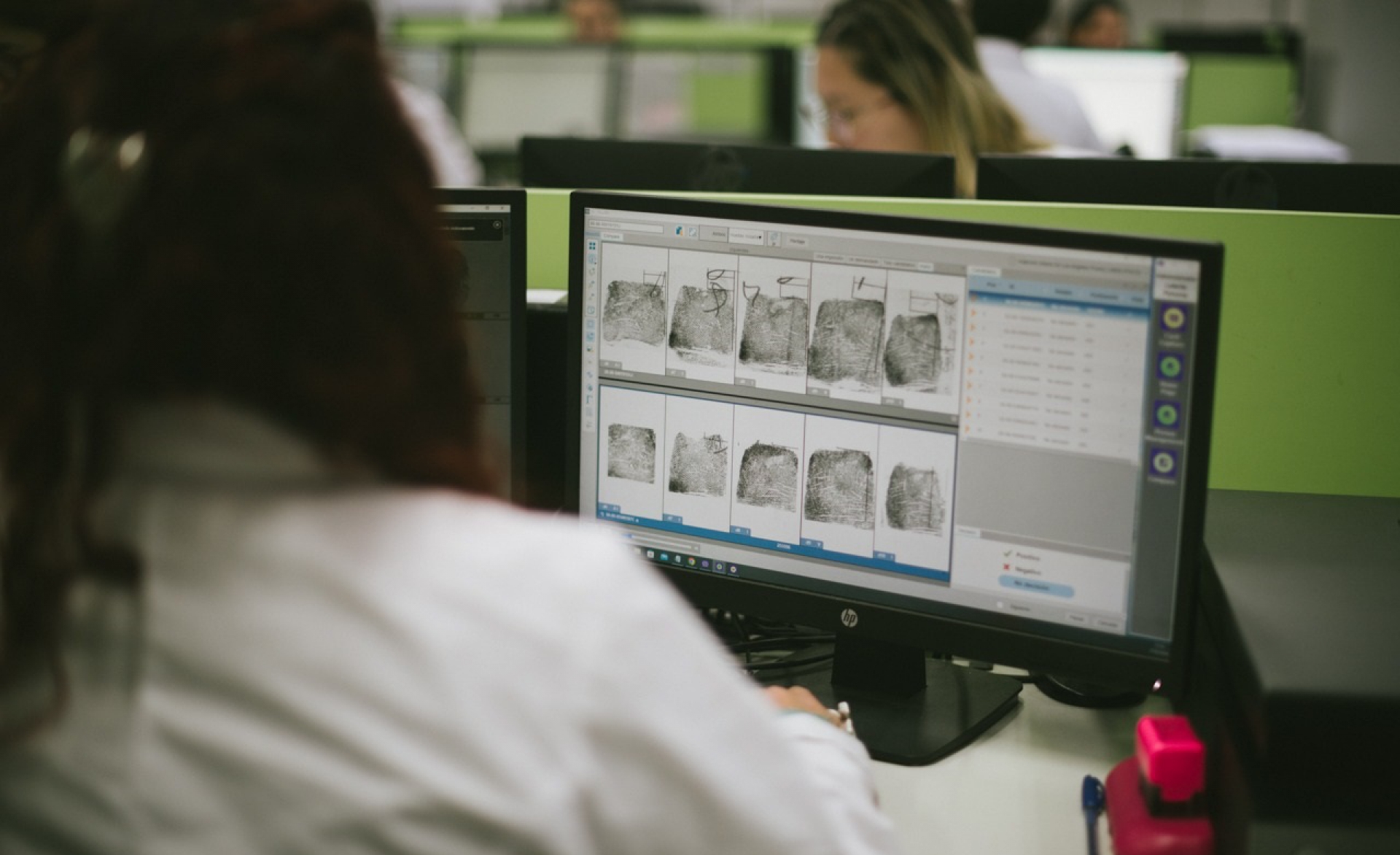Today is International Criminalistics Day in honor of Juan Vucetich, the pioneer who revolutionized criminology with the introduction of the dactyloscopic system. This breakthrough gave unique value to the biological traces of human beings when collecting evidence, forever changing the approach to criminal identification.
Born in Croatia and settled in Argentina, Juan Vucetich Kovacevich (1858 - 1925) joined the Police of the Province of Buenos Aires in 1888. It was in the city of La Plata where he began to record the fingerprints of detainees in police files, designing his own classification system, which he reduced to four fundamental types based on the arrangement of these marks.
Although the English anthropologist Francis Galton was one of the pioneers in the scientific study of fingerprints, Vucetich was the one who succeeded in systematizing the identification of persons at the criminal and civil level through the creation of the decadactylar card. His system, which he baptized as “icnofalangometría”, was based on the 40 fingerprint types identified by Galton, to which Vucetich added his own development, increasing the number to 101 types.
In 1894 the Police of the Province of Buenos Aires officially adopted his system and, in 1905, the Police of the Capital, i.e. the future Argentine Federal Police, incorporated it. In 1907, the Academy of Sciences of Paris publicly reported that the method of identification of persons developed by Vucetich was the most accurate known at that time. In 1911, the National Congress adopted his system to comply with Law 8129 of Enrollment and Electoral Regime.
Vucetich's system represented a spectacular advance in criminology, making it possible to solve crimes that were previously considered unsolvable. In his honor, the Police School of the Province of Buenos Aires and the police center for forensic studies in Zagreb, capital of Croatia, his native country, were named after him.
Today, his legacy lives on in every corner of the world, and especially in Argentina, where his method is used to identify people in multiple contexts.

